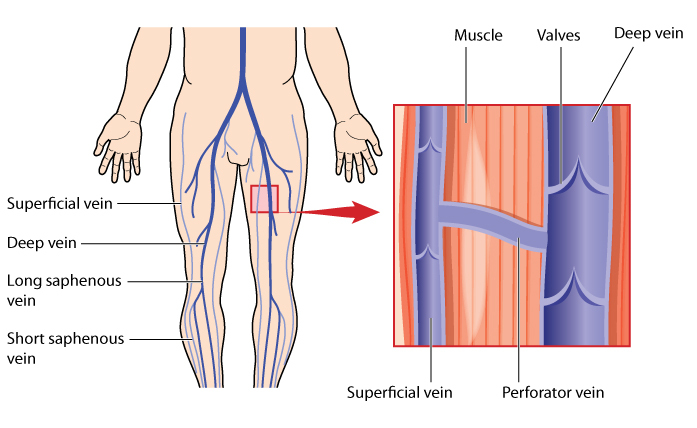Fifteen years ago, radiofrequency ablation was first performed on patients in the UK, giving physicians a much-needed alternative to vein stripping. Traditional stripping methods often caused prolonged bruising, pain, and the development of new refluxing veins. In fact, many vein stripping patients often seek our help decades after their procedures for treatment of their residual and often worsening symptoms.
Recently, a study was performed to test the long-term efficacy of radiofrequency ablation 15 years post-procedure, and the results were extremely encouraging. None of the patients in the study had significant recannalization of their previously ablated veins, and the 44% of patients that had developed new varicose veins had developed them in previously unsymptomatic areas of the leg. This development was likely due to hereditary factors over time. The most critical result? 100% of patients were pleased with their results, 98% recommend it to a friend, and 2% "might" recommend it. Not a single patient showed disinterest in recommending radio frequency ablation. These results speak for themselves, even for the earliest procedures which were performed under general anesthesia and with far inferior technology compared to the technology of today. It is no surprise that radio frequency ablation had become the NICE recommended first-line treatment of venous insufficiency since 2013. To read more about this study, click the title of this entry to be redirected.



